We may earn money or products from the companies mentioned in this post.
Does A Skunk Poop in the Woods? (Beginners Guide To Skunks)
Skunks are one of the most instantly recognizable animals in North America. Their black and white fur, bushy tail, and tendency to spray a smelly secretion make them hard to miss. But how much do you really know about skunks?
In this guide, we’ll explore everything from their diet to their behavior. We’ll also take a look at skunk poop and learn what it can tell us about these interesting creatures. So if you’re ready to learn all there is to know about skunks, keep reading!
All About Skunks!
Skunks are one of the most unique creatures around. From their ability to spray a foul smelling liquid to their furry coats, they are definitely interesting creatures. In this blog post, we will be discussing everything there is to know about skunks!
Skunks are part of the Mustelid family, which includes weasels, otters, and badgers. There are 11 different species of skunk and they can be found in North and South America. Skunks range in size from 10 inches to 3 feet long and they weigh between 1-10 pounds.
One of the most defining features of skunks is their ability to spray a foul smelling liquid. This liquid is stored in two scent glands located near the skunk’s anus. When a skunk feels threatened, it will lift its tail and spray the liquid at its attacker. The smell of the skunk’s spray can be very unpleasant and it can take weeks for the smell to disappear.
Skunks are also known for their fur coats. Their fur is usually black with white stripes running down their back. Skunks use their fur coats for both camouflage and insulation. The fur on a skunk’s tail is especially thick which helps protect the skunk’s face if it gets hit while spraying its scent glands.
Skunks are mostly nocturnal animals, which means they are most active at night. During the day, they typically sleep in dens or burrows that they have dug themselves. Skunks are solitary creatures and they only come together during mating season.
Litters of baby skunks, called kits, are born in the springtime and typically consist of 4-6 kits.
What Do Skunks Eat?
Skunks are actually omnivores, which means they enjoy a variety of different foods. In the wild, skunks will eat both plant and animal matter, including fruits, vegetables, berries, insects, rodents, and even small reptiles. This diet helps them to stay healthy and well-nourished.
Domestic skunks typically enjoy a diet of commercial dry food, wet food, fruits, and vegetables. As long as they are getting a balanced diet of nutritious foods, skunks will be happy and healthy.
The Five Types of Skunks You Might Encounter
Skunks, though often considered pests, are actually interesting creatures. Did you know, for example, that there are five different types of skunks? That’s right, five! In North America, you might encounter the striped skunk, the hog-nosed skunk, the spotted skunk, the hooded skunk, or the stinkless skunk. (Yes, there is such a thing as a stinkless skunk! More on that later.)
The Striped Skunk
The most common type of skunk in North America is the striped skunk. As you might have guessed from its name, the striped skunk has stripes running down its back. These stripes are usually white and can be quite vivid. The rest of the striped skunk’s fur is usually black. Striped skunks are relatively small animals; they typically weigh between six and 10 pounds and are about two feet long, not counting their tail.
The Hog-Nosed Skunk
Hog-nosed skunks look a bit like their striped cousins—they also have stripes running down their backs—but that’s where the similarity ends. For one thing, hog-nosed skunks are much larger than striped skunks; they can weigh up to 30 pounds! They also have a distinctive pig-like snout, hence their name. Another interesting fact about hog-nosed skunks is that they can spray an ultra-fine mist that can travel up to 15 feet!
The Spotted Skunk
As you might have guessed from its name, the spotted skunk has spots instead of stripes. These spots are usually white and are interspersed with black fur. Spotted skunks tend to be smaller than hog-nosed skunks but larger than striped skunks; they typically weigh between 12 and 20 pounds. One interesting fact about spotted skunks is that they can spray their scent not just forwards but also backwards!
The Hooded Skunk
Hooded skunks get their name from the fact that they have a distinctive hood of fur around their neck. This hood is usually white and contrasts sharply with the rest of the hooded skunk’s black fur. Hooded skunks tend to be on the small side; they typically weigh between four and eight pounds. Interesting fact: baby hooded skunks are born blind and deaf!
The Stinkless Skunk
Last but not least, we have the stinkless skunk. As you might have guessed from its name, this type of skunk doesn’t produce the same noxious scent as other types of skunks. In fact, stinkless skunks don’t produce any scent at all! Instead of scent glands, stinkless skunks have regular sweat glands like we do.
Skunk Poop 101
As unpleasant as it may be to step in, skunk poop is actually relatively harmless. Skunks are herbivores, so their poop is mostly composed of undigested seeds and bits of plant matter. However, one thing that sets skunk poop apart from other types of animal feces is its high concentration of thiols.
Thiols are sulfur-containing molecules that are responsible for the characteristic odor of skunk spray. When a skunk feels threatened, it will defend itself by releasing a noxious mixture of thiols from glands near its anus. This foul-smelling liquid can cause irritation and even temporary blindness if it gets in your eyes.
Interestingly, not all skunks produce thiols in their spray. In fact, some species of skunks don’t spray at all! These include the hog-nosed skunks of North and Central America, which rely on their pig-like snouts to root around for food instead.
What Does Skunk Poop Look Like?
Skunk poop is typically black and tubular in shape, with a diameter of about 1/2 inch. It is usually twisted and may have blunt ends or pointed ends. You may also see undigested food in skunk poop, such as insects, berries, or grass.
And yes, skunk poop does smell bad. This is because skunks secrete a substance called mercaptan from the anal glands when they defecate. Mercaptan is also responsible for the characteristic odor of skunk spray.
How Long Does Skunk Poop Take to Decompose?
Skunk poop will eventually decompose, but the timeframe depends on several factors, including temperature, moisture, and the presence of other organic matter. In general, it takes anywhere from two weeks to two months for skunk poop to decompose completely.
However, if temperature and moisture conditions are favorable (i.e., warm and humid), decomposition can occur more quickly. Likewise, if the feces are mixed with other organic matter (such as leaves), decomposition will happen more slowly.
How to Remove a Skunk’s Scent
If you’ve ever had the misfortune of being sprayed by a skunk, then you know just how difficult it can be to remove the scent. No matter how many times you bathe, that tell-tale odor seems to linger for days (or even weeks!) on end. Fortunately, there are a few things you can do to get rid of that skunk smell once and for all.
1. The first step is to identify the source of the smell. This may seem like a no-brainer, but it’s important to make sure that all of the skunk’s scent is removed. Otherwise, you’ll just be masking the odor instead of getting rid of it. Check your clothes, shoes, and any other personal items that may have come into contact with the skunk. Once you’ve located the source (or sources) of the smell, you can begin working on removing it.
2. One popular method for removing skunk odor is to mix baking soda and vinegar together and apply it to the affected area. This combination creates a chemical reaction that helps to neutralize the skunk’s scent. Just be sure to test this solution on a small portion of the affected area first to make sure it won’t cause any irritation or damage.
3. Another common method is to soak the affected area in tomato juice (as pictured above). Tomatoes contain natural enzymes that break down skunk spray, making it easier to wash away. Just remember that this method may take several soakings before the smell is completely gone.
4. The most effective way to get rid of skunk odor though, is with an odor remover like Nature’s Miracle Skunk Odor Remover. This fast-acting formula breaks down the oils sprayed by skunks to permanently remove all traces of odor upon application. It removes skunk odor from pets, clothing, carpets and other contaminated surfaces.
How To Remove A Skunk From Your Home
If you’ve ever had the misfortune of being sprayed by a skunk, you know that the stench can be overwhelming. skunk removal from your home can be just as difficult.
If you find yourself dealing with a skunk problem, there are a few things you can do to remove the skunk and the smell.
- First, try to confine the skunk to one room by closing all doors and windows leading into other parts of the house.
- Then, open the windows in the skunk’s room and place a fan near the door to help ventilate the area.
- You may also want to put a dish of food outside the door to lure the skunk out.
Once the skunk has left the premises, be sure to clean any skunk-sprayed areas with a mixture of vinegar and water. And if all else fails, you can always call in a professional skunk removal service.
Conclusion
So there you have it, our ultimate guide to skunks. We hope you learned something new and found this post entertaining. Remember, if you ever come across a skunk in the wild, give it plenty of space and don’t make any sudden movements – they may spray!
Read Next: The Scoop on Termite Poop – Termite Droppings [Explained]
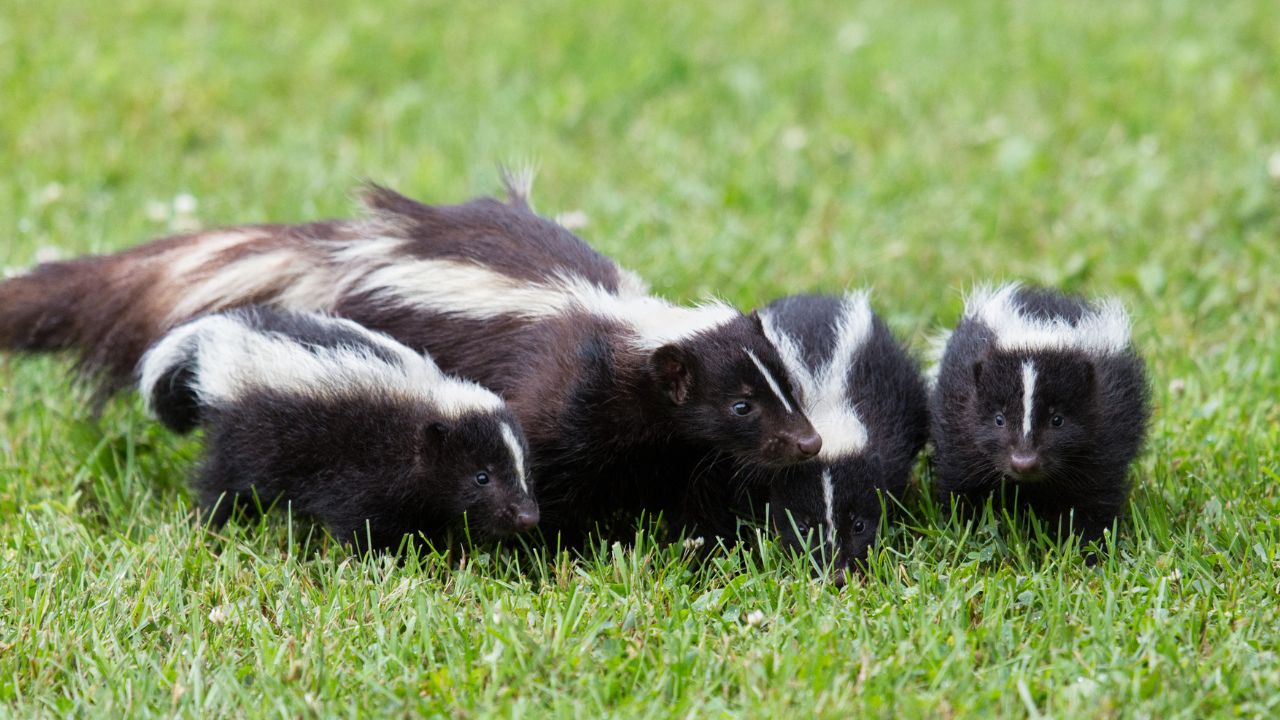
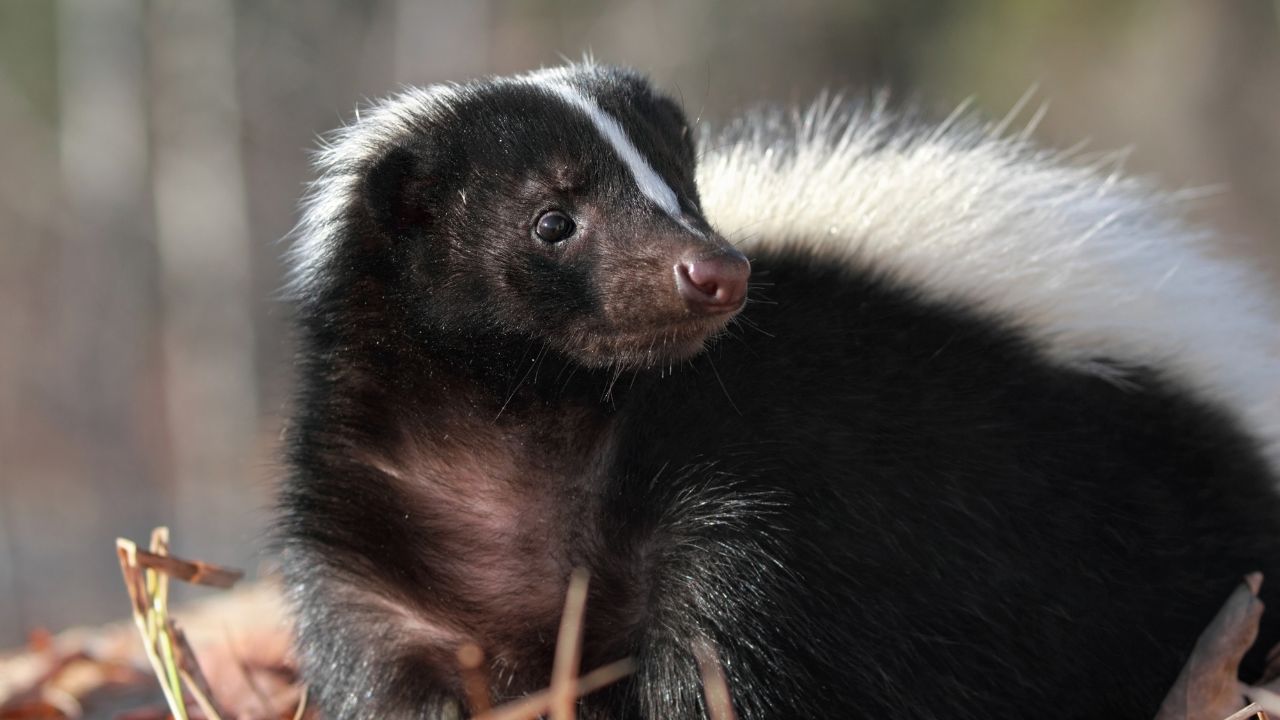
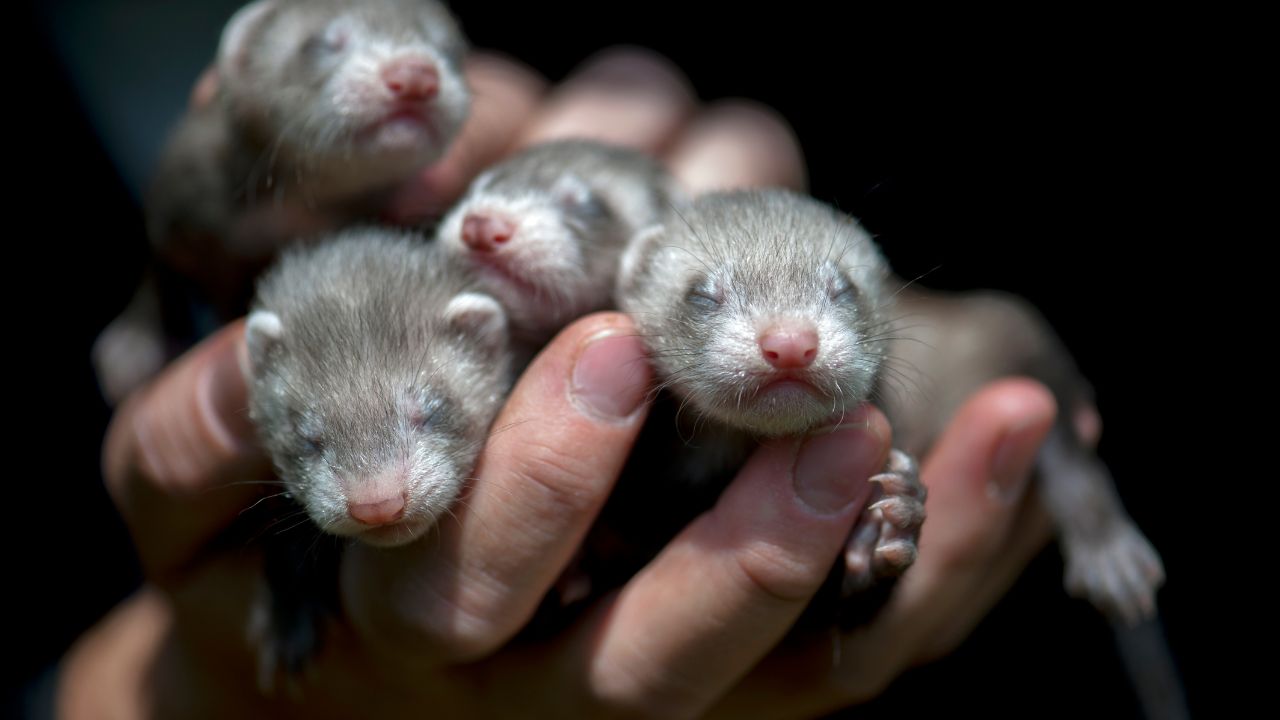
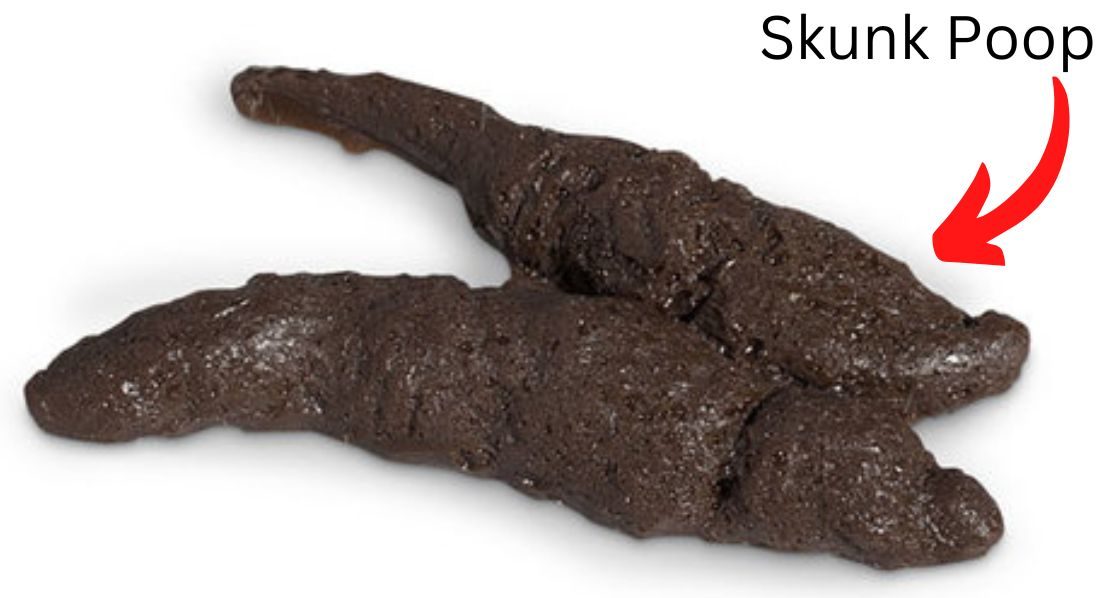
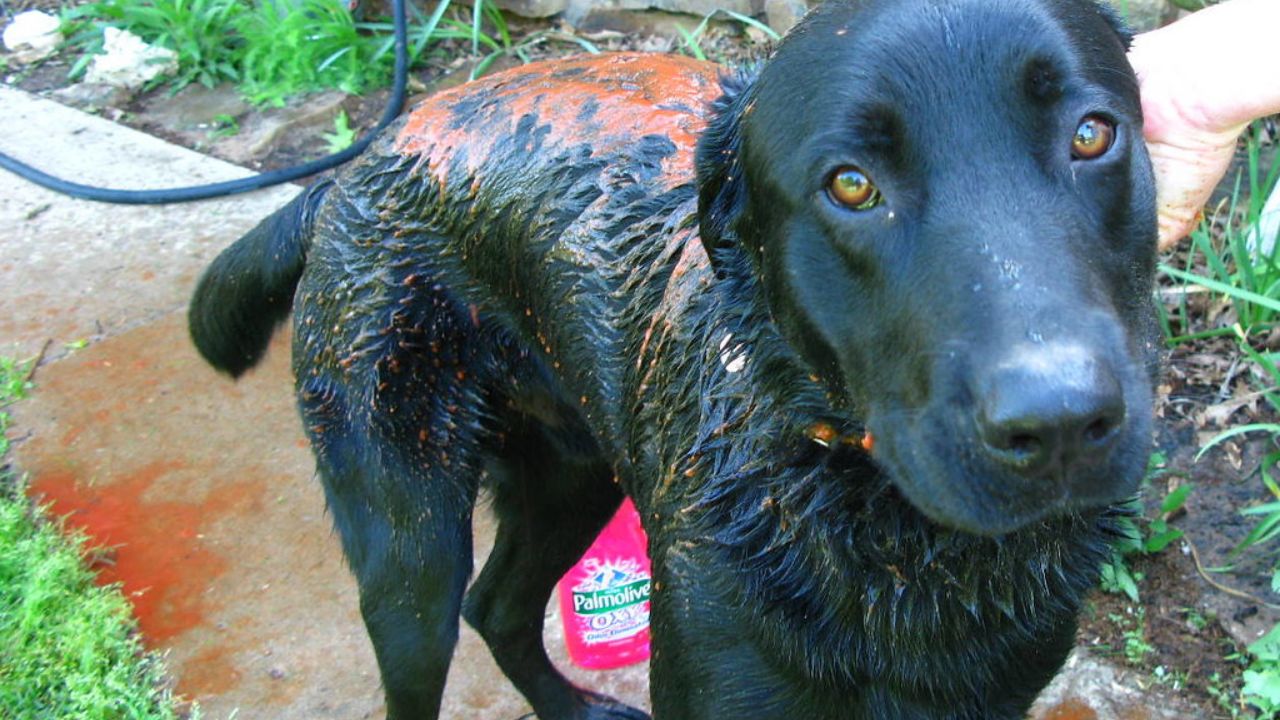

0 Comments